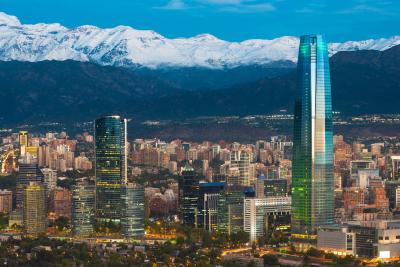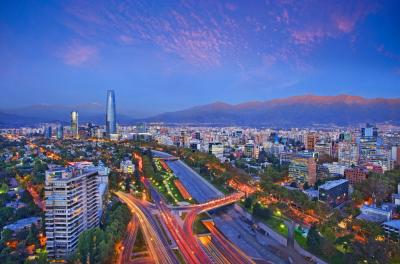Overview
Santiago, Chile’s capital and largest city, sits in a valley surrounded by the snow-capped Andes and the Chilean Coast Range.
Description
Plaza de Armas, the grand heart of the city’s old colonial core, is home to 2 neoclassical landmarks: the 1808 Palacio de la Real Audiencia, housing the National History Museum, and the 18th-century Metropolitan Cathedral. La Chascona is the home-turned-museum of poet Pablo Neruda. Santiago, región metropolitana, central Chile, bordering Argentina on the east, Valparaíso region on the north and west, and O’Higgins region on the south. Santiago, created a province in 1826 and a metropolitan region in 1974, is divided into the provinces of Santiago, Chacabuco, Cordillera, Maipo, Melipilla, and Talagante. It spans the fertile Central Valley and the Andean cordillera. Winter rains and snowmelt in the watershed of the Maipo River supply the water used for power development and for farm and urban needs. River canyons provide summer recreation areas and access to winter resorts (Farellones, Lagunillas, and Refugio lo Valdés).
Santiago, Region Metropolitana
Chile
URL:
http://www.britannica.com/place/Santiago-region-Chile


